The Philippines, an archipelago blessed with abundant natural resources, holds immense potential for renewable energy. With its growing energy needs and commitment to reducing carbon emissions, the country is increasingly focusing on renewable energy sources such as solar, wind, hydro, and geothermal power.
However, investing in renewable energy in the Philippines comes with both significant opportunities and notable challenges.
Thus, in this blog, we shall discuss both these opportunities and challenges that come with renewable energy investment in the Philippines.
Opportunities in Philippines Renewable Energy
-
Abundant Natural Resources
The Philippines is naturally rich in renewable energy sources. The country is located in the Pacific Ring of Fire, providing excellent conditions for geothermal energy. It also has vast coastlines and open spaces ideal for wind and solar power. Additionally, its numerous rivers and water bodies offer potential for hydroelectric power generation.
-
Government Support and Policies
The Philippine government has shown strong support for renewable energy through various policies and incentives. The Renewable Energy Act of 2008 is a landmark law that promotes the development, utilization, and commercialization of renewable energy resources. It offers incentives such as tax holidays, duty-free importation of equipment, and feed-in tariffs (FITs) which guarantee a fixed rate for renewable energy producers.
-
Increasing Energy Demand
The Philippines’ growing population and economic development have led to a rising demand for electricity. Renewable energy investments can help meet this increasing demand while also contributing to energy security and reducing dependence on imported fossil fuels.
-
Environmental Benefits
Investing in renewable energy significantly reduces greenhouse gas emissions and other pollutants. This not only helps combat climate change but also promotes a cleaner and healthier environment for Filipinos.
-
Job Creation and Economic Growth
The renewable energy sector has the potential to create numerous jobs across various stages of development, from manufacturing and installation to maintenance and operations. This can stimulate local economies and provide new opportunities for employment and skills development.
Moving on, let’s look at some of the challenges that come with renewable energy investment in the Philippines.
Challenges in Philippine Renewable Energy
-
High Initial Costs
One of the biggest challenges in renewable energy investment is the high initial capital required. Building infrastructure for solar farms, wind turbines, hydroelectric plants, and geothermal facilities involves substantial upfront costs. Although the long-term benefits and savings are significant, the initial financial barrier can be daunting for investors.
-
Regulatory and Bureaucratic Hurdles
Navigating the regulatory environment in the Philippines can be complex and time-consuming. Investors often face challenges related to securing permits, land acquisition, and dealing with various government agencies. Streamlining these processes is crucial to attract and sustain investments in the renewable energy sector.
-
Infrastructure and Grid Connectivity
The Philippines’ archipelagic geography poses unique challenges for infrastructure development and grid connectivity. Many potential sites for renewable energy projects are in remote or hard-to-reach areas. Ensuring these areas are connected to the national grid and can distribute the generated power efficiently is a significant logistical challenge.
-
Intermittency Issues
Renewable energy sources such as solar and wind are intermittent by nature—they do not produce energy consistently throughout the day or in all weather conditions. This intermittency requires solutions such as energy storage systems or backup power sources to ensure a reliable and stable supply of electricity.
-
Financial Risks and Uncertainty
Renewable energy projects, like any long-term investment, come with financial risks. Market fluctuations, changes in government policies, and evolving technology can impact the profitability and viability of projects. Investors need to be prepared for these uncertainties and have strategies in place to mitigate risks.
Parting thoughts
Investing in Philippine renewable energy presents a wealth of opportunities that align with the country’s sustainable development goals. However, there are also certain challenges that can hinder the progress of solar development.
By overcoming these challenges, the Philippines can not only meet its energy needs sustainably but also set an example for other developing nations. The transition to renewable energy is not just an environmental imperative but also a pathway to economic resilience and growth.
Invest in the future with solar power, only with the latest technology in solar panels from Nativ Techniks.
Give a call at +639176310032, or drop a mail at wecare@nativtechniks.com


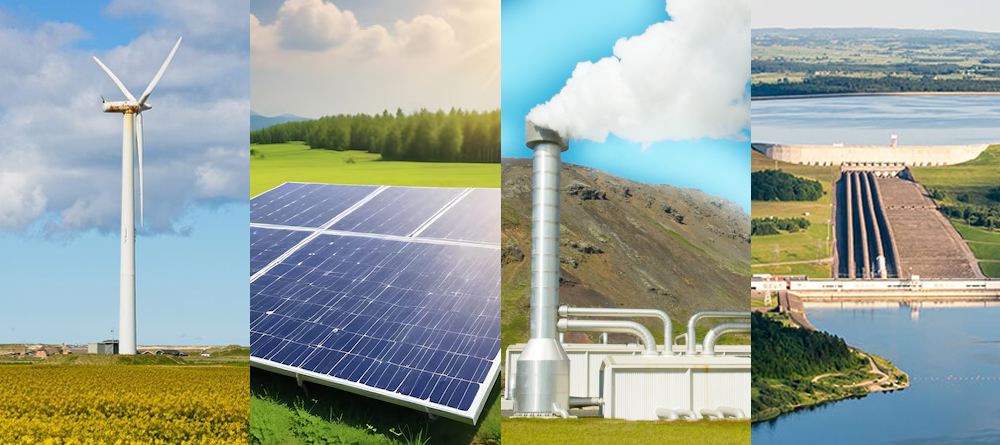
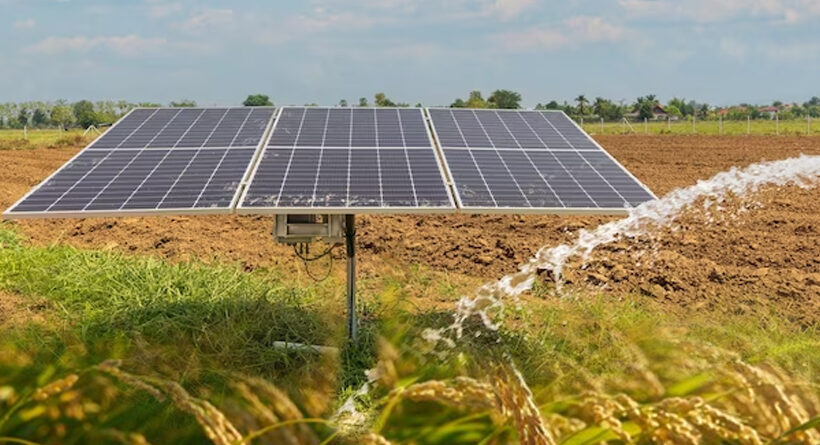
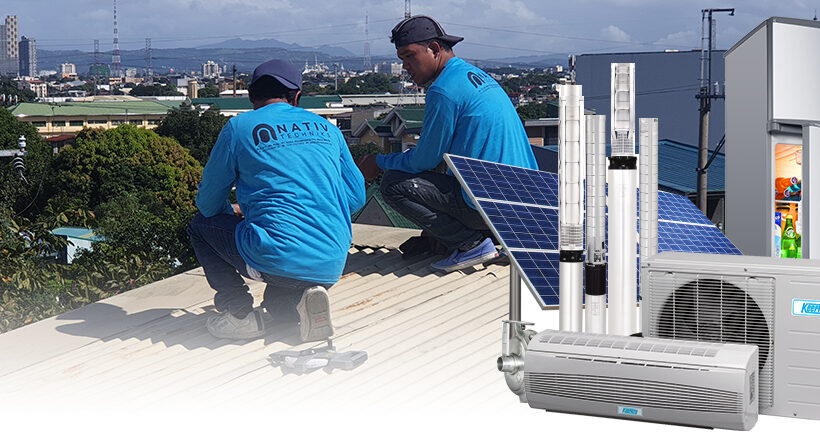
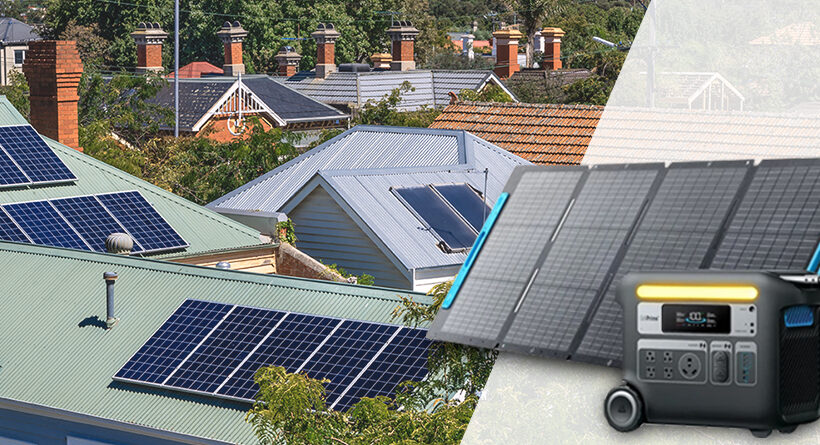

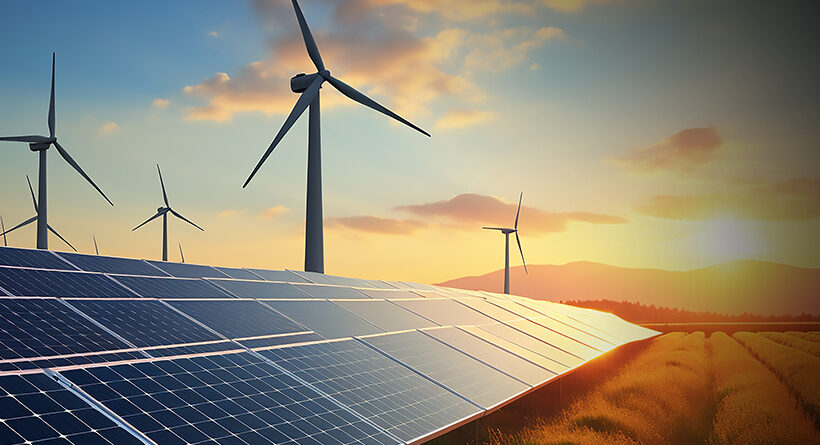
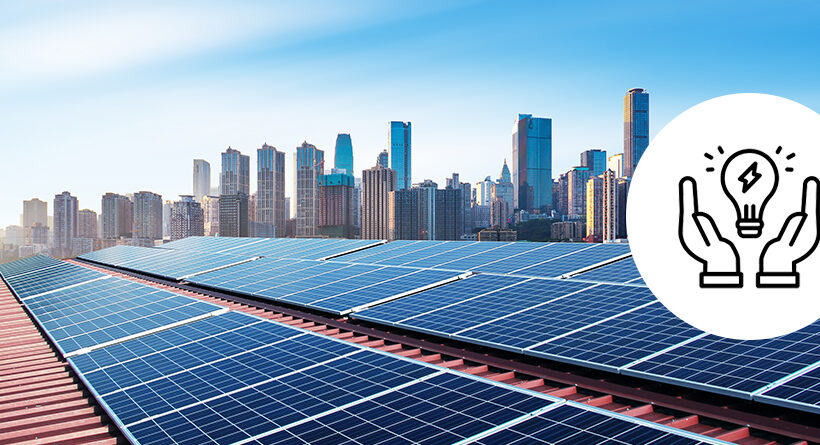
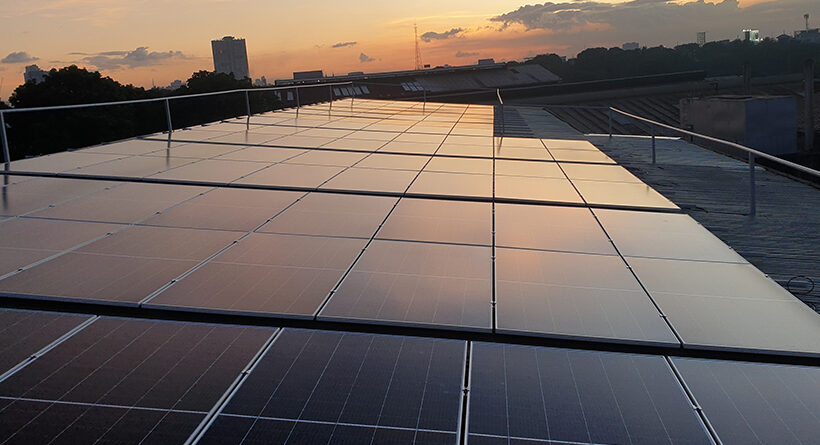
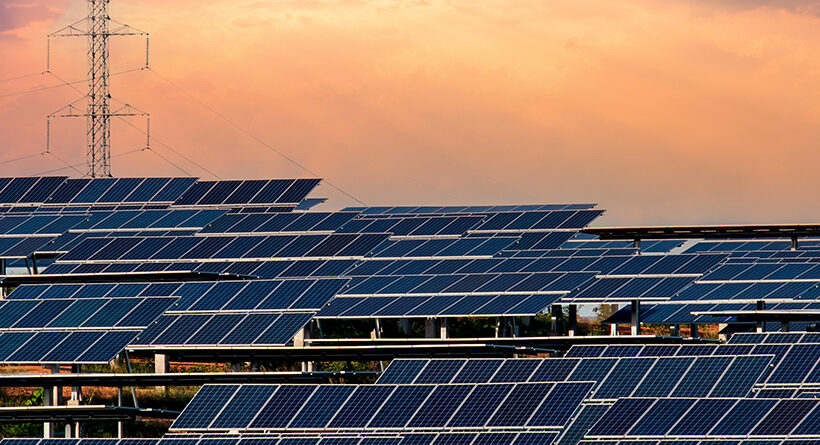

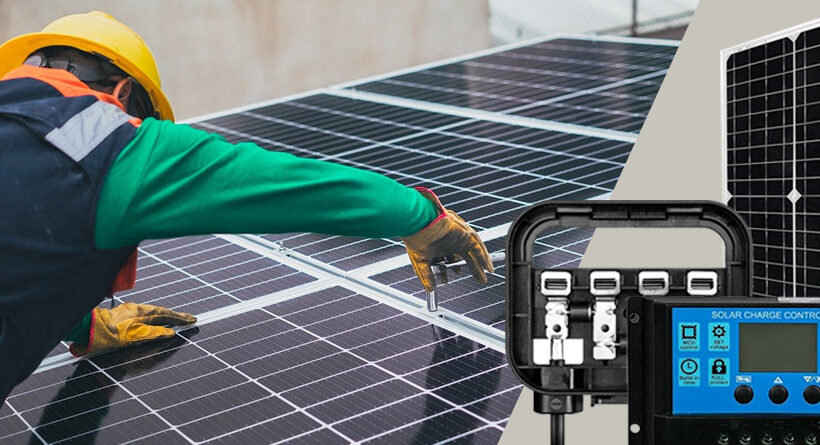
Leave a Reply